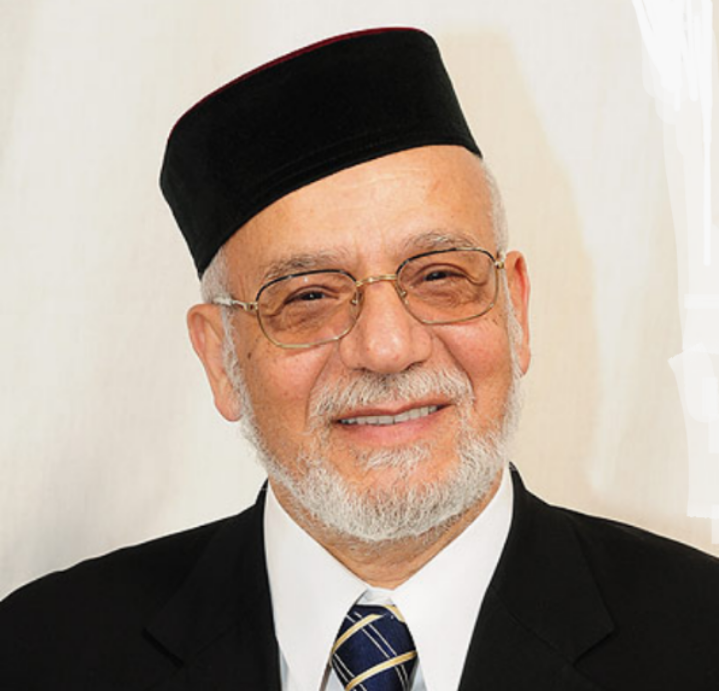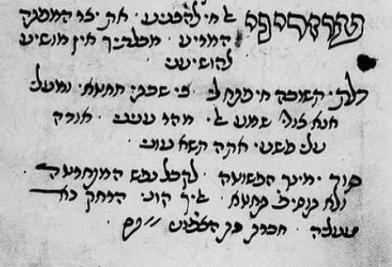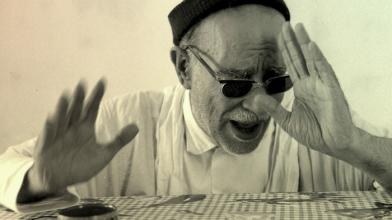Rabbi Haim Louk was born in 1942 in Casablanca, Morocco, to a family originally from Mogador (Essaouira). At the age of four, he lost his father, and his mother supported the family by working as a housekeeper. Louk began his education at Em Habanim school in Casablanca, which integrated Jewish religious studies with general education, including French language classes. The curriculum encompassed Talmudic studies, piyyutim (Jewish liturgical poetry), traditional chanting of Psalms, and Hebrew grammar. The school, which played a central role in shaping his educational identity, also housed a synagogue, where a large choir operated. Participation in the choir was a compulsory aspect of the curriculum, and it was here that Louk was introduced to the world of piyyut. Rabbi Yitzhak Kedoshim, the choir's conductor at the time, was a significant charismatic teacher who greatly influenced Louk's musical path.
At the age of 10, Louk met Rabbi David Buzaglo, who had recently arrived in Casablanca. Buzaglo, widely regarded as one of the preeminent Moroccan Jewish payytanim of the 20th century, became Louk's mentor. Louk would accompany him for about three years, reading Jewish philosophical texts to Buzaglo, who was blind. Louk viewed Buzaglo as a guiding force and aspired to advance his teacher's legacy in Moroccan piyyut. After Louk and Buzaglo immigrated to Israel in the 1960s, Louk continued to accompany Buzaglo at performances across Israel.
At 13, Louk was sent to study at the Torat Emet yeshiva in London (Schneider's Yeshiva), where he was introduced to Ashkenazi cantorial traditions and acquired knowledge of Yiddish. After four years, he returned to Morocco and continued his studies at the Etz Haim Yeshiva in Tangier. During this period, Louk served as a cantor during the High Holy Days for the Ashkenazi community in Tangier, receiving his first remuneration for his cantorial services. After a year, he was appointed by Rabbi Aharon Monsonego to establish a Jewish school in the city of Ouazzane. Monsonego, who later became the Chief Rabbi of Morocco, was then the director of the Otzar HaTorah schools in Morocco.
In 1964, following the birth of his first son, Louk immigrated to Israel, settling in Beit Shemesh. He studied at the David Yellin Teachers' Seminary, where he obtained his teaching certification. Concurrently, he began working as a teacher, and two years later, he was appointed principal of a school, a position he held for 22 years.
Louk's musical career, which began in Morocco, further developed and deepened mainly in Israel. Alongside his educational work, he pursued an extensive musical career centered on preserving and disseminating Moroccan Jewish piyyutim. After Rabbi David Buzaglo immigrated to Israel in 1965, Louk continued to accompany him in his performances. Louk's first album, released in the 1970s, was dedicated to Buzaglo's memory. Over the years, Louk recorded dozens of albums dedicated to Moroccan Jewish traditions. His repertoire includes Andalusian music (Ala), piyyutim, and songs from the Shir Yedidot tradition (the Moroccan Baqqashot). Additionally, he recorded the Torah portions and the haftarot in the Moroccan tradition.
In 1987, Louk was invited to serve as the cantor and rabbi of the Em Habanim Sephardic community in Los Angeles, which follows the Moroccan rite. In 2003, he returned to Israel, where he continued to promote the heritage of piyyut to diverse audiences. Louk was actively involved in cultural initiatives such as Kehillot Sharot, Yedidi Hashakhahta, and the Piyyut Festival, collaborating with leading Israeli musicians. In 2011, he was awarded the Ministry of Culture's Prize for Music in recognition of his long-standing contributions to the field of piyyut.
Sources:
Louk, Haim. Interview by Edwin Seroussi (Hebrew). April 18, 1999. National Library of Israel. Accessed September 23, 2024. https://www.nli.org.il/he/items/NNL_MUSIC_AL990034835360205171/NLI.
Harel, Yair. "Rabbi Haim Louk: The Profile of a Cantor and Paytan."(Harav Haim Louk - Kavim Lidmuto Shel Hazzan Ve-payytan) (Hebrew). The Piyyut Website . National Library of Israel. Accessed September 23, 2024. https://www.nli.org.il/he/readercardqr.
(*Photo attribution: Ayala louk, CC BY-SA 4.0 <https://creativecommons.org/licenses/by-sa/4.0>, via Wikimedia Commons)






